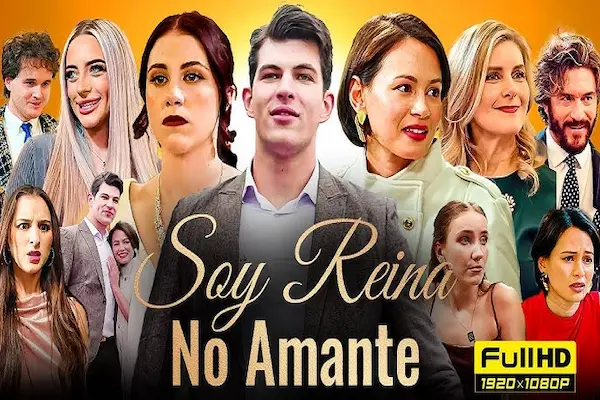Crochet: When I started in this knitting world, I really didn’t have much idea where to start. What I knew was that I needed to do something different from the routine that bore and distressed me at home.
Anúncios
I needed peace of mind, but I also needed to find a purpose for the new thing I was doing and I started investigating.
It was exactly from tutorials like this that I started learning and seeing crochet differently and well evolved.
Already with years of experience and turning my passion, one of my professions, I want to tell you all about the history of crochet, motivate you from the knowledge to start with yourself to knit, experiment, err and continue until you succeed.
Because there really are no limits to creativity when we can translate what we imagine into something that we weave ourselves into our own hands.

Crochet purse or backpack
Brief overview of manual knitting
Even today it is not known exactly where the origin of the fabric was, but historians, archaeologists and other scholars have reached the consensus that we have started to manufacture clothes to protect ourselves from the climatic conditions of the Neolithic, one of the last years of the Stone Age. periods between 10,000 BC and 7,000 BC
The art of weaving took its first steps with our ancestors, about 40,000 years ago, who sponted wool or linen yarn with spindles and looms to make fabrics. This practice has been observed mainly in the Chinese, Arab and Egyptian community and leads us to the next part of history.
The practice of traditional knitting has become extremely attractive to other countries and, like everything else, has evolved from the traditional hand-made version, for the use of knitting needles.
It is believed that during the Middle Ages the Chinese were the first to use the technique of weaving with steel needles and that it was the Arabs around the 5th century who brought it to Europe. Others claim that the technique originated in Scotland and from there was taken to all of Europe, flourishing in England and France during the 14th and 15th centuries, especially among aristocrats.
An interesting fact about the history of weaving dates back to the year 1589, when the English clergyman William Lee invented the first weaving machine, with the aim of facilitating the production of socks. Would it be the end of the practice of knitting by hand? Not for Queen Elizabeth I of England. The idea got him so much, he denied the patent to protect the weavers.
Finally we get to what interests us most: The history of crochet
Crochet since antiquity has been a status symbol, which was practiced in royalty, which was the only one with the economic ability to buy luxury materials, and at the same time establish the value of the basic products for crochet.
Theories about the origin of crochet
Even knowing that this practice comes from the best-known monarchies, it is not possible to know for sure where and exactly on what date the crochet was created. Some say it comes from Chinese embroidery, an ancient embroidery practice known in Turkey, Persia and Africa, which later reached Europe in the 17th century.
Check out our site for other amazing tutorials:
Tutorial Crochet in Midsummer Night Tunic
According to Annie Potter, an American expert in the world of crochet, we can say that the art of crochet as we know it today comes from the 16th century, known in France as crochet cord and in England as chain cord.
It is believed that, in the early 19th century, a large number of European communities began to replace lace with knitted pieces, so crochet was taking its space and is present to this day.
It is worth mentioning, that image and content credits is intended for the official website that you can learn more about the pattern by clicking here.




